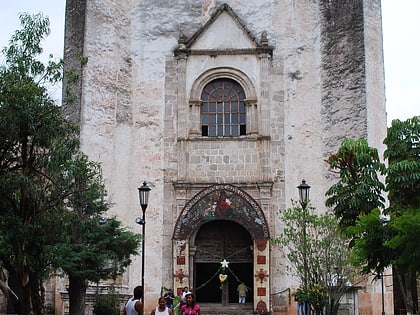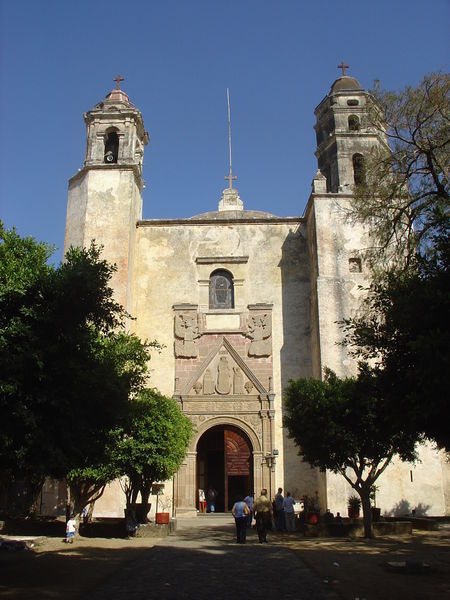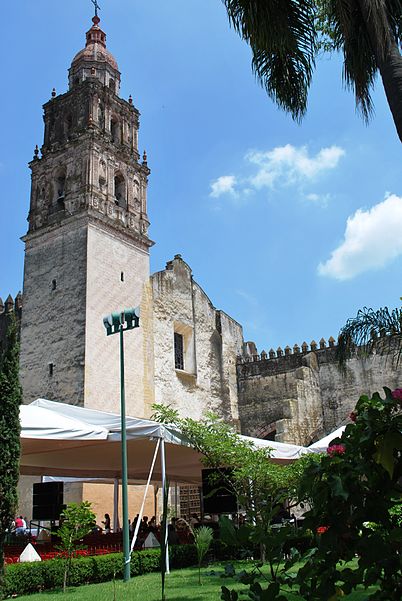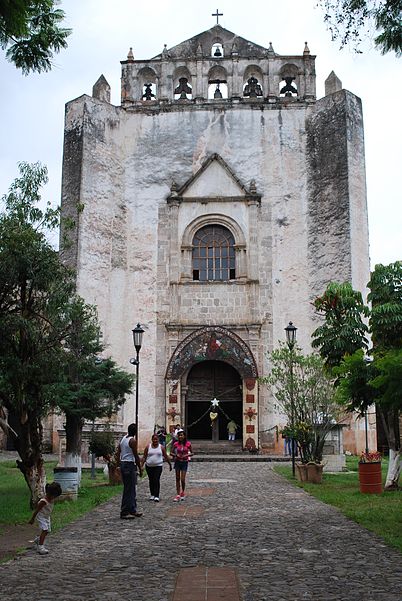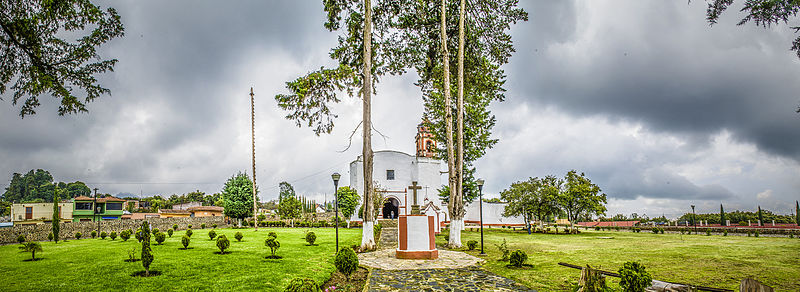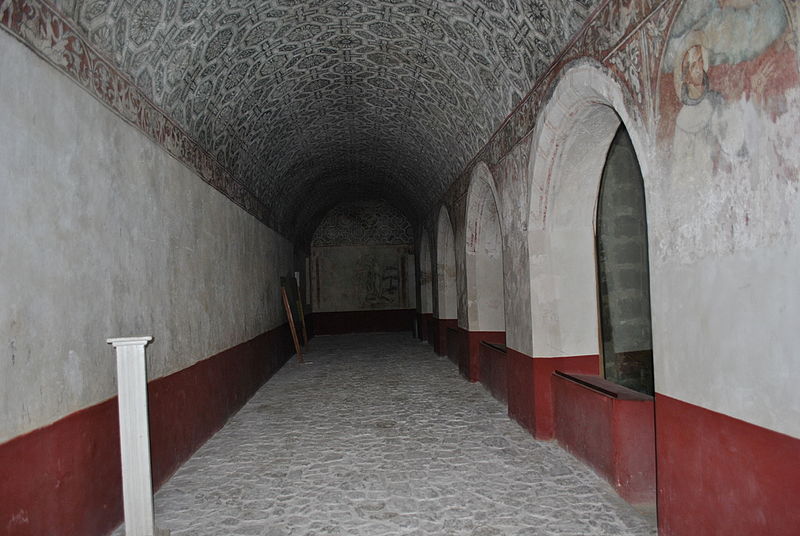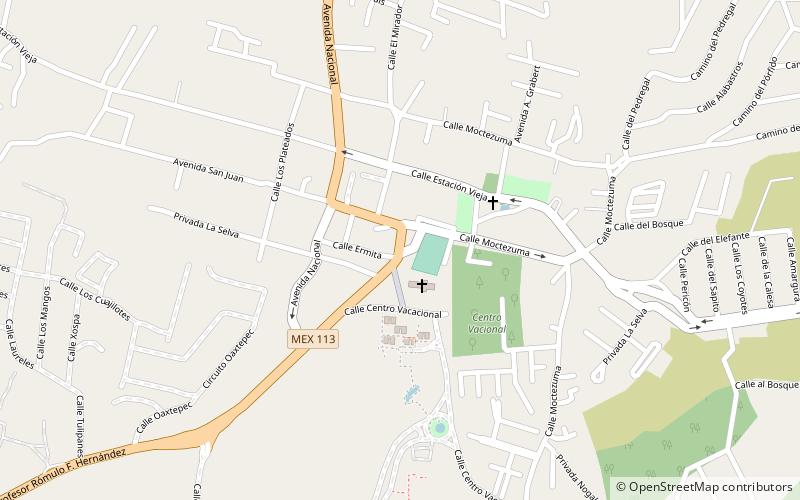Monasteries on the slopes of Popocatépetl
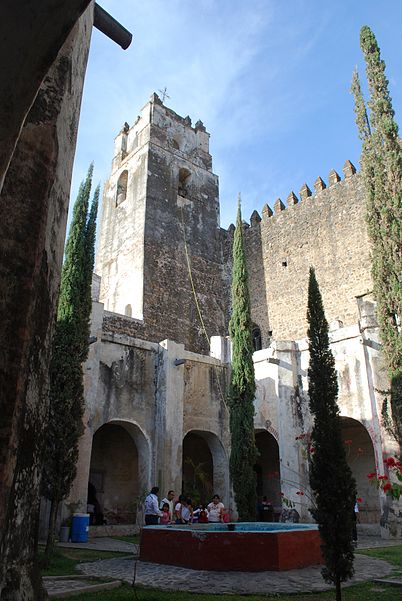
Facts and practical information
The Monasteries on the slopes of Popocatépetl are fifteen 16th-century monasteries which were built by the Augustinians, the Franciscans and the Dominicans in order to evangelize the areas south and east of the Popocatépetl volcano in central Mexico. These monasteries were recognized by the UNESCO as World Heritage Sites in 1994, because they served as the model for the early monastery and church buildings as well as evangelization efforts in New Spain and some points beyond in Latin America. These monasteries almost uniformly feature a very large atrium in front of a single nave church with a capilla abierta or open chapel. The atrium functioned as the meeting point between the indigenous peoples and the missionary friars, with mass for the newly converted held outdoors instead of within the church. This arrangement can be found repeated in other areas of Mexico as these friars continued to branch out over New Spain. ()
Morelos
Monasteries on the slopes of Popocatépetl – popular in the area (distance from the attraction)
Nearby attractions include: Convento de Santo Domingo, Yecapixtla, Estadio Olímpico de Oaxtepec.
